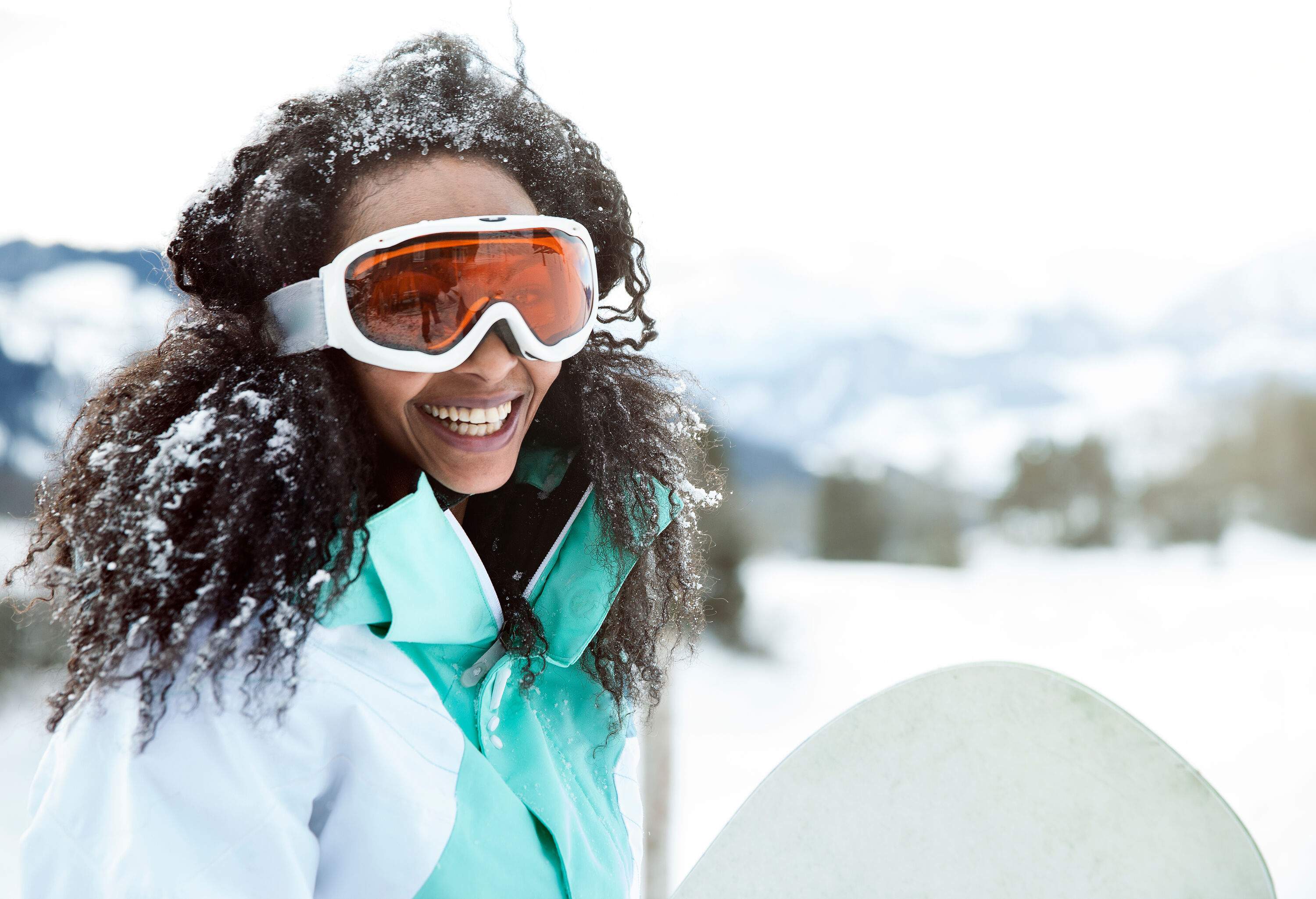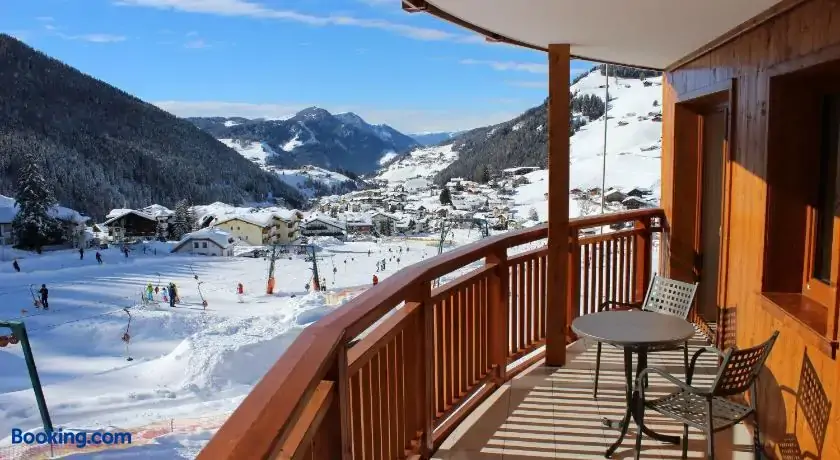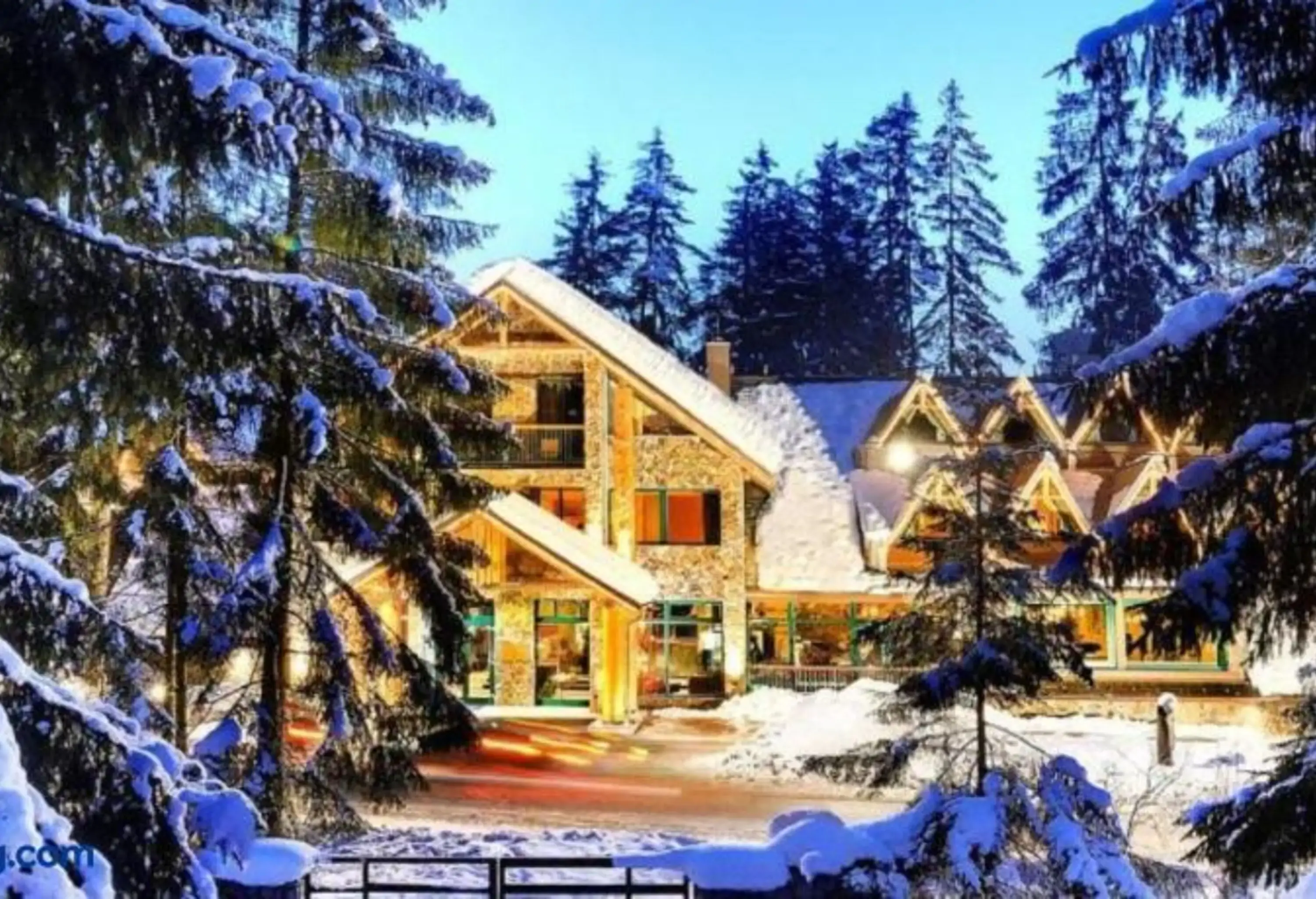For anyone who skis or snowboards, you’ve got from December to April to fit a trip (or two) in. Ready to discover where the best ski resorts in Europe are?
Skiing is a great hobby. The adrenaline rush is amazing and the après-ski is world-famous in its own right. And if you haven’t hit the slopes before, there’s no better time to start than now. Need some inspiration?
Here are 10 amazing European ski areas that all have something exciting to offer (and a few that might even surprise you, too!).
1. Kitzbühel, Austria
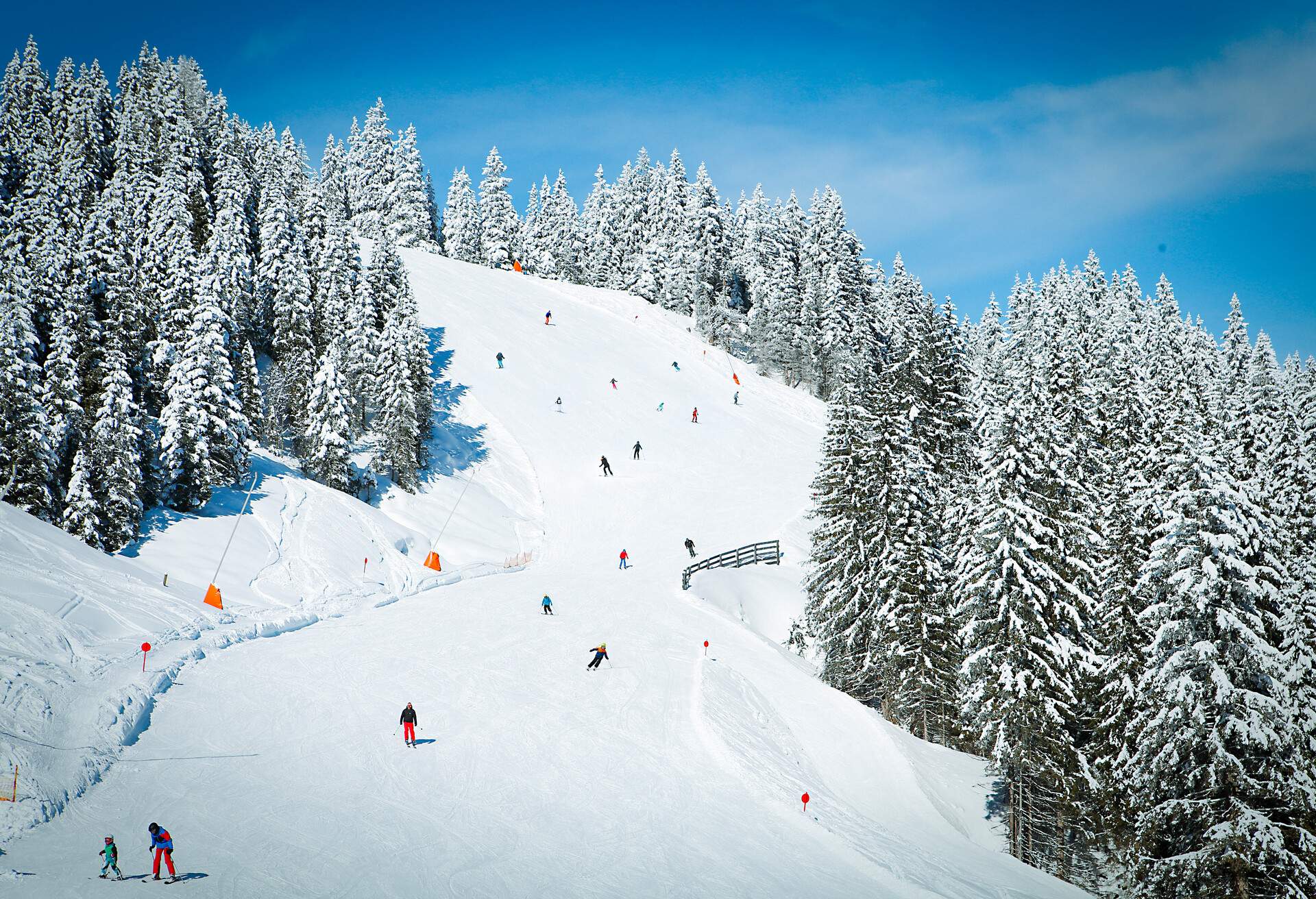
- 🏂 Ski Pass: Seven consecutive days from $373
- ✈️ How to get there: Fly to Salzburg and then take the train, bus or rent a car for the 60-mile journey to Kitzbühel resort.
- ❄️ Usual season: December to April.
- Where to stay: Lifesport Hotel Hechenmoos is five minutes from the Hahnenkamm Ski Area and has on-site parking.
- Top tip: Try night skiing every Thursday and Friday until 9:30 p.m. on the floodlit slopes of the Gaisberg.
If you’re looking for one of the best ski resorts in Europe for backcountry skiing, look no further than Kitzbühel in Austria — the site of one of the continent’s first alpine descents.
Kitzbühel is huge, with 54 cable cars, challenging pistes and 77 square miles of adventurous backcountry skiing to excite thrill seekers.
Kitzbühel is so steep it’s where the Austrian ski team chooses to practice. Plus, it has the most famous ski school on Earth (the Red Devils) if you need a hand perfecting your technique.
2. Mayrhofen, Austria
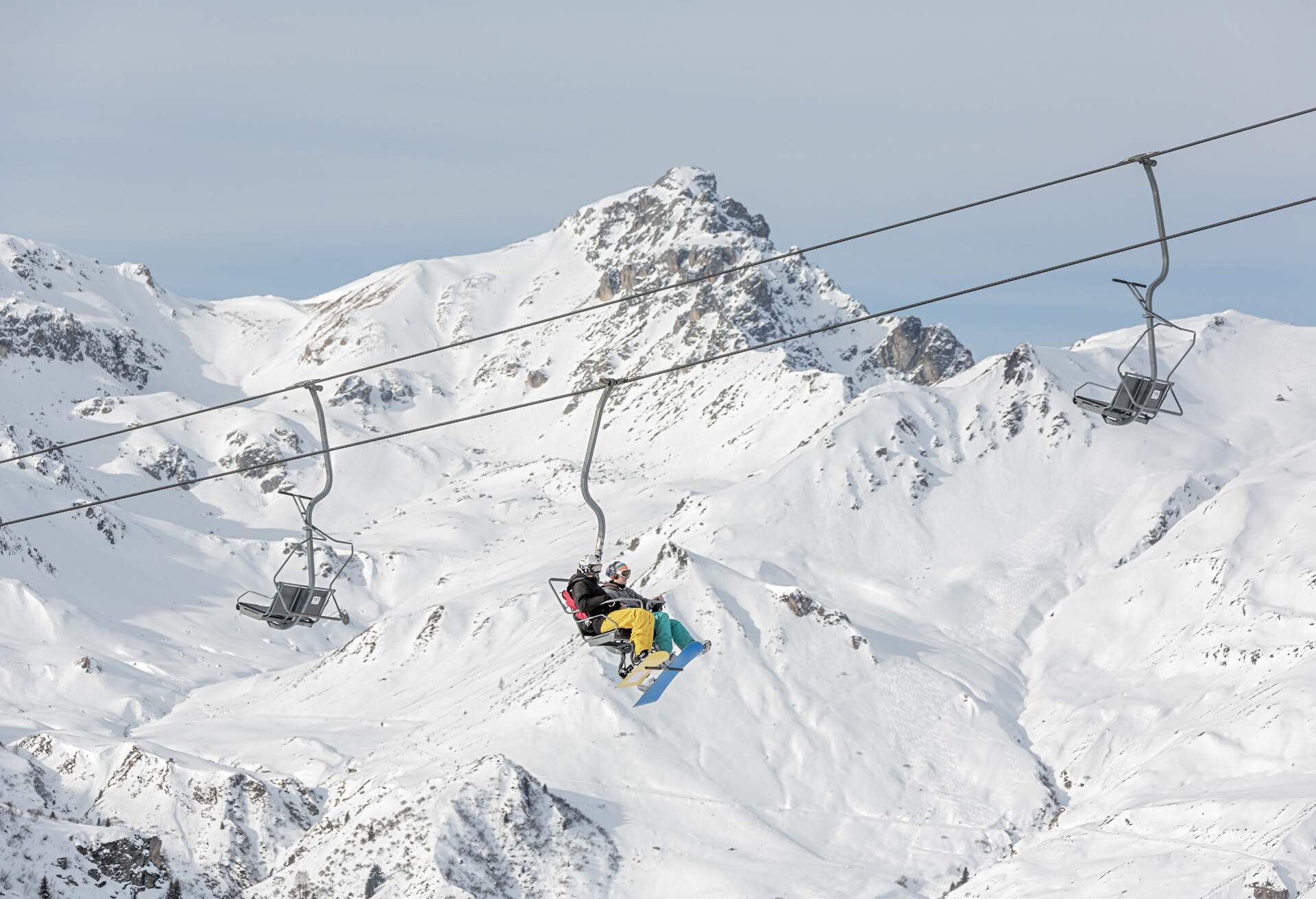
- 🏂 Ski Pass: Around $391 for a six-day pass.
- ✈️ How to get there: Fly to Innsbruck and then get a train, taxi or bus to Mayrhofen.
- ❄️ Usual season: December to April.
- Where to stay: Apart-Garni Alpevita is within walking distance of the center of Mayrhofen.
- Top tip: If you’re planning on renting equipment, book it well in advance as it can get incredibly busy.
Mayrhofen in Austria has one of the world’s top snowboard parks — and it’s rated as Europe’s best. The Burton Park here has huge table-top jumps that attract the biggest names in skiing and snowboarding. And so, too, do Mayrhofen’s legendary après bars which are lively every night of the week.
Mayrhofen is also home to the world’s steepest groomed slope. Known as Harakiri Piste after the Japanese ritual of suicide by Samurai sword, its name should tell you all you need to know. People line up to watch daredevils and thrill-seekers take to the slopes. Yikes.
3. Chamonix, France
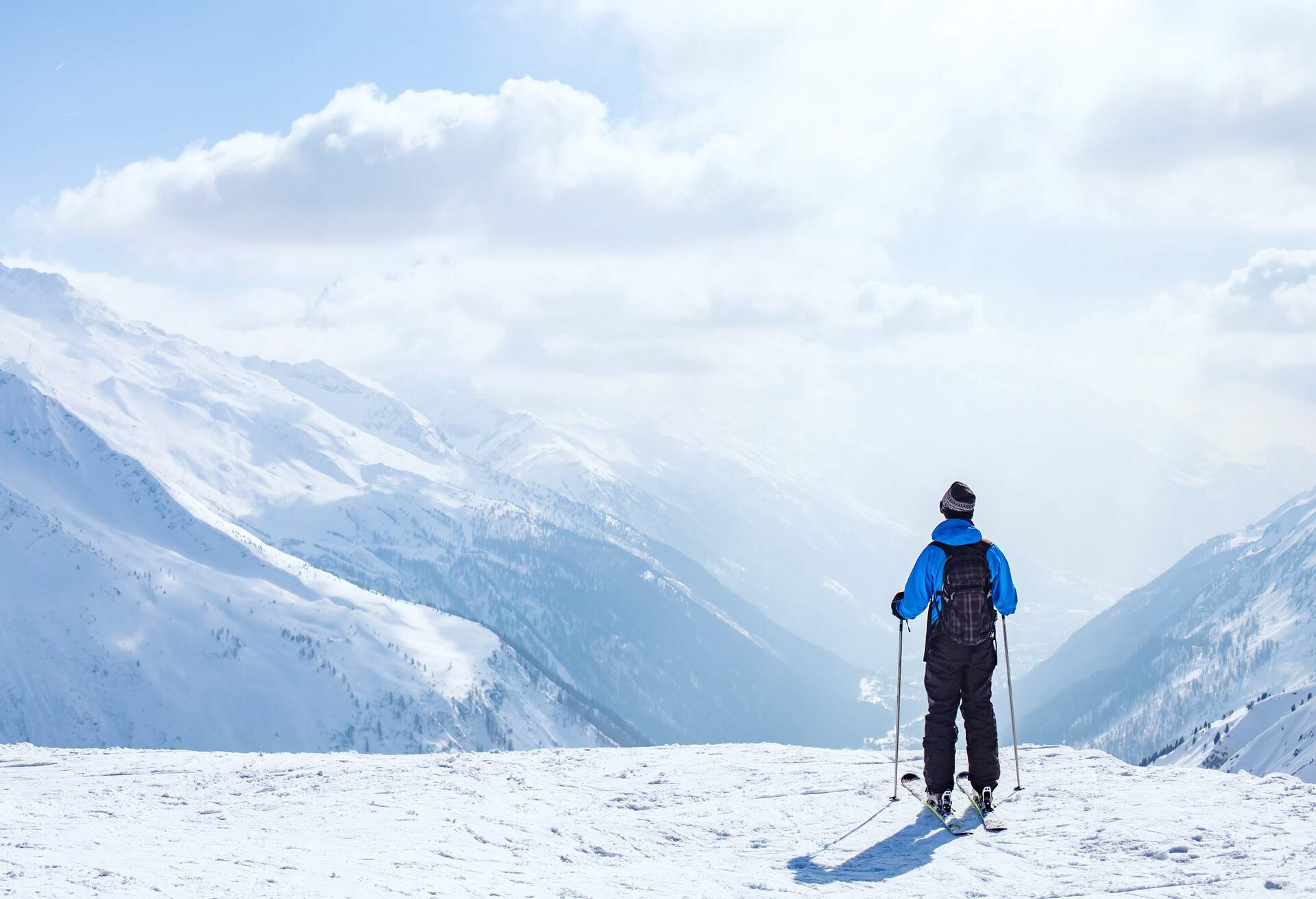
- 🏂 Ski Pass: The Mont Blanc Unlimited Pass is around $520 for seven days.
- ✈️ How to get there: Fly to Geneva and then get a shuttle bus from the airport (approximately 75 mins). The train will take between three and four hours.
- ❄️ Usual season: Mid-December to mid-April.
- Where to stay: Boutique Chalet Hôtel Le Prieuré is minutes from some of the best skiing in the area.
- Top tip: Get up early to experience the best snow, especially if you’re heading to the Grand Montets mountain.
Chamonix in France has one of Europe’s highest resorts, so the snow is more consistent here than in most other places. Plus, there are over 106 miles of piste, so skiers can slowly gain confidence before taking on some of the world’s most famous backcountry terrain.
There are more ski guides here than anywhere else on Earth, with plenty on hand to help you navigate the backcountry routes. Chamonix is also home to France’s most lively après ski environment (it was practically invented here). Why not share a drink with some of the world’s craziest extreme skiers who live here each winter?
4. Les Arcs, France
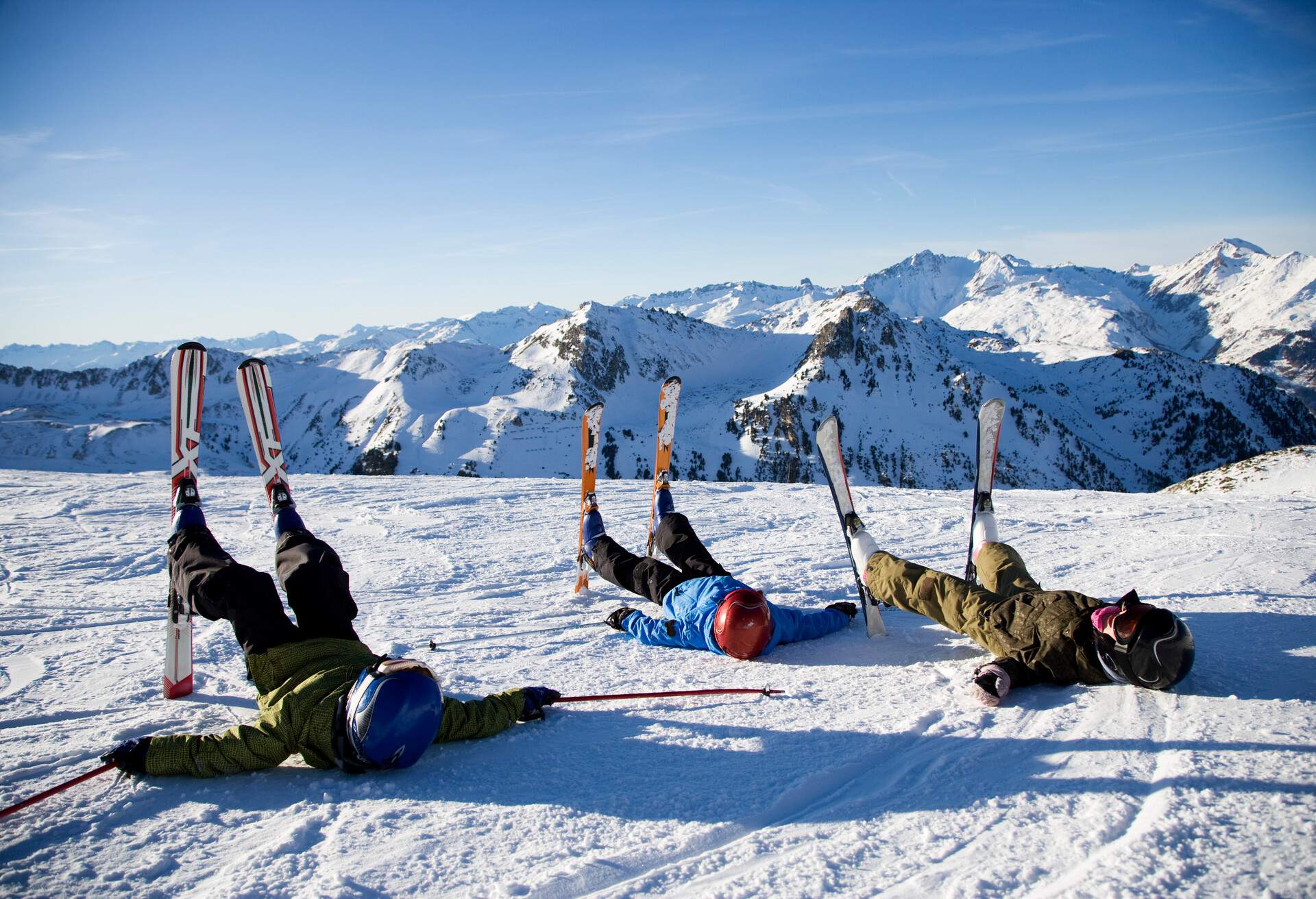
- 🏂 Ski Pass: $413 for six days if you are an intermediate or advanced skier and want to explore the whole Paradiski region.
- ✈️ How to get there: Fly to Geneva and then rent a car and drive to Les Arcs (takes around three hours).
- ❄️ Usual season: Mid-December to April.
- Where to stay: Altezza Arc 1800 is an ideal base for beginners.
- Top tip: If you’re a skiing novice, most of the ski lifts are free. Do your research in advance to see if it’s really worth buying a ski pass.
Les Arcs in the Paradiski ski area is one of the best ski resorts in Europe for newbies to the sport, with Arc 1800 being a dedicated beginners area. On some sections of the mountain, you don’t even need a ski pass – you can simply use the chairlift and go at your own pace.
For those ready to take the next step, Les Arcs offers easy intermediate runs that are not a big step up from the beginner slopes. They’re very wide and not particularly steep compared to most French resorts. There are also many short lifts just beside the village for beginners.
After something more challenging? Check out the 40+ designated red runs and 17 black runs.
5. Val Gardena, Italy
- 🏂 Ski Pass: A six-day ski pass is around $427 in the high season.
- ✈️ How to get there: Fly to Innsbruck (75 miles from Selva di Val Gardena) and then transfer to the Südtirol Bus line.
- ❄️ Usual season: December to April.
- Where to stay: Hotel Garni Aghel comes highly recommended.
- Top tip: If you’re looking for an intense slope, try the black Sasslong run. It’s where the World Cup in Freestyle Skiing is held each year.
It’s impossible to definitively say which area of the Alps is the most beautiful – but the Dolomites are certainly up there. And Selva di Val Gardena, nestled in this beautiful range in Italy, is one of its most popular ski villages.
The locals are lovely and accommodating, and the hotels are only rivaled by the quality of the bars and restaurants. While Selva di Val Gardena is surrounded by slopes, it also acts as a gateway to the Sella Ronda. It’s worth venturing there for a trip around the Sella Massif: a full day’s excursion by skis or board that passes over and through 16 miles of slopes, four valleys and three provinces.
6. Białka Tatrzańska, Poland
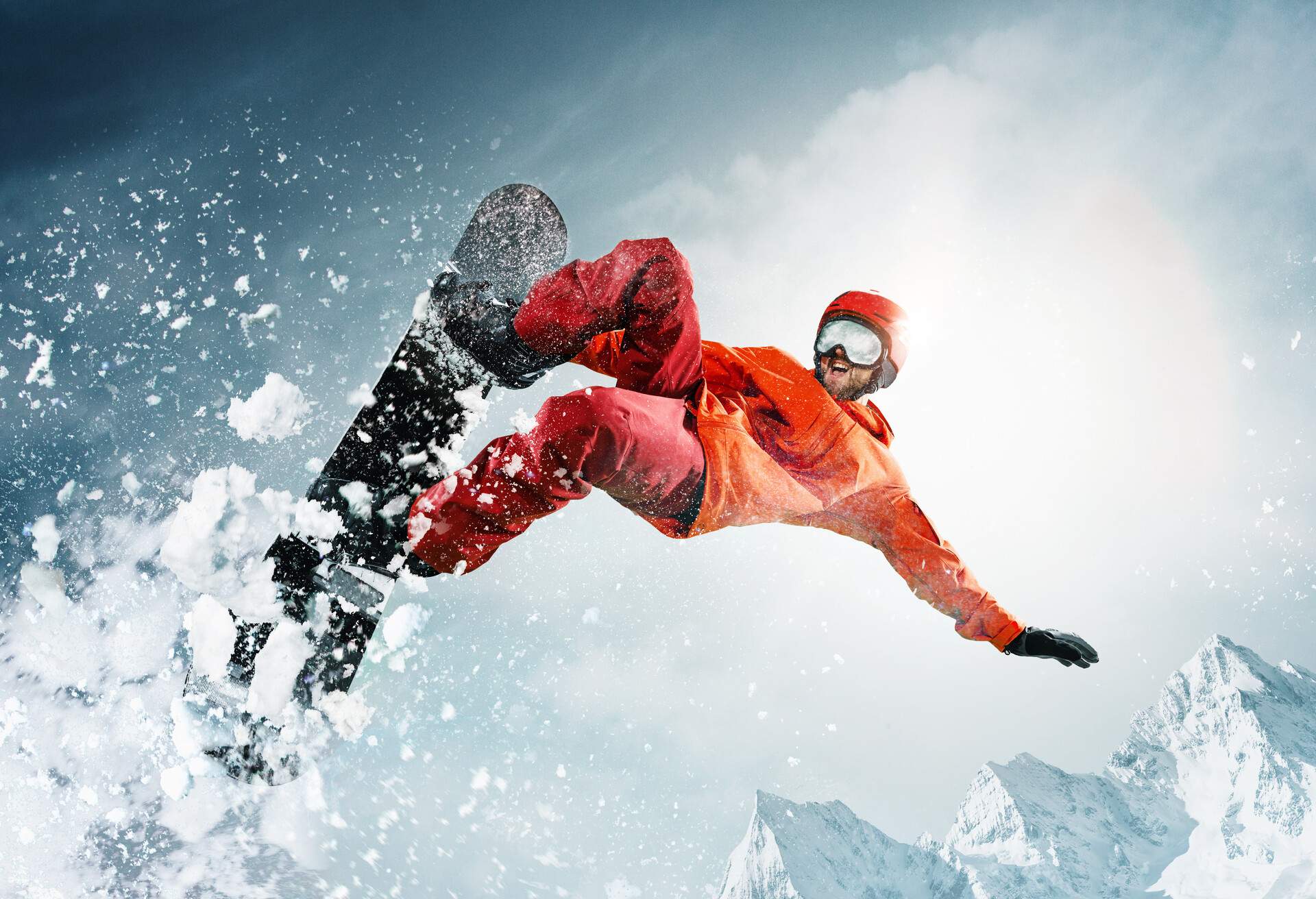
- 🏂 Ski Pass: The TatrySki Pass gives you access to several ski resorts in the region — not only in Poland but also in Slovakia. It costs around $204 for a six-day pass.
- ✈️ How to get there: Fly to Krakow and grab a cheap rental. It’s then an easy 90-minute journey up into the mountains.
- ❄️ Usual season: December to April.
- Where to stay: Try Hotel Zawrat Ski Resort & Spa.
- Top tip: After a day of skiing, relax in the thermal pools of Terma Bania where you will find indoor and outdoor pools with water temperatures from 93°F-100°F (34°C-38°C).
The Białka Tatrzańska ski resort, found in the High Tatras, has consistently been ranked first among the best Polish ski resorts. Winter sports fans especially appreciate its fantastic infrastructure and amazing downhill conditions.
However, while largely unknown in the US, these slopes aren’t a secret in Europe and have many visitors during the high season. This makes an off-season visit doubly enjoyable – especially when you take into account what sort of special relaxation offers await…
7. Jasna, Slovakia
- 🏂 Ski Pass: From $32 per adult per day.
- ✈️ How to get there: Fly to Bratislava or Krakow and grab a cheap rental car (Krakow or Bratislava). The journey will take you between three and four hours but is well worth it for the snowy landscapes and excellent slopes.
- ❄️ Usual season: Late November to April.
- Where to stay: Hotel Tri Studnicky is near the slopes.
- Top tip: More experienced skiers can conquer the north side of the mountain and enjoy steep slopes. For beginners, the south side is a true paradise.
Most skiers and snowboarders in the US probably wouldn’t have considered heading to Slovakia, but a trip to Jasna — the country’s largest and most modern winter sports area — should definitely be on your agenda. It has over 31 miles of well-groomed slopes of varying difficulty.
The Chopok rises from the lower Tatra Mountains and is over 6,500 feet (2,000 meters) in height. The resort’s peaks are crisscrossed with 49 exciting downhill slopes, and the terrain is as good as anywhere in the Alps. Steep slopes, crisp free-ride descents and a perfectly maintained amusement park at the foot of the ski area — what more could you want?
8. Gudauri, Georgia
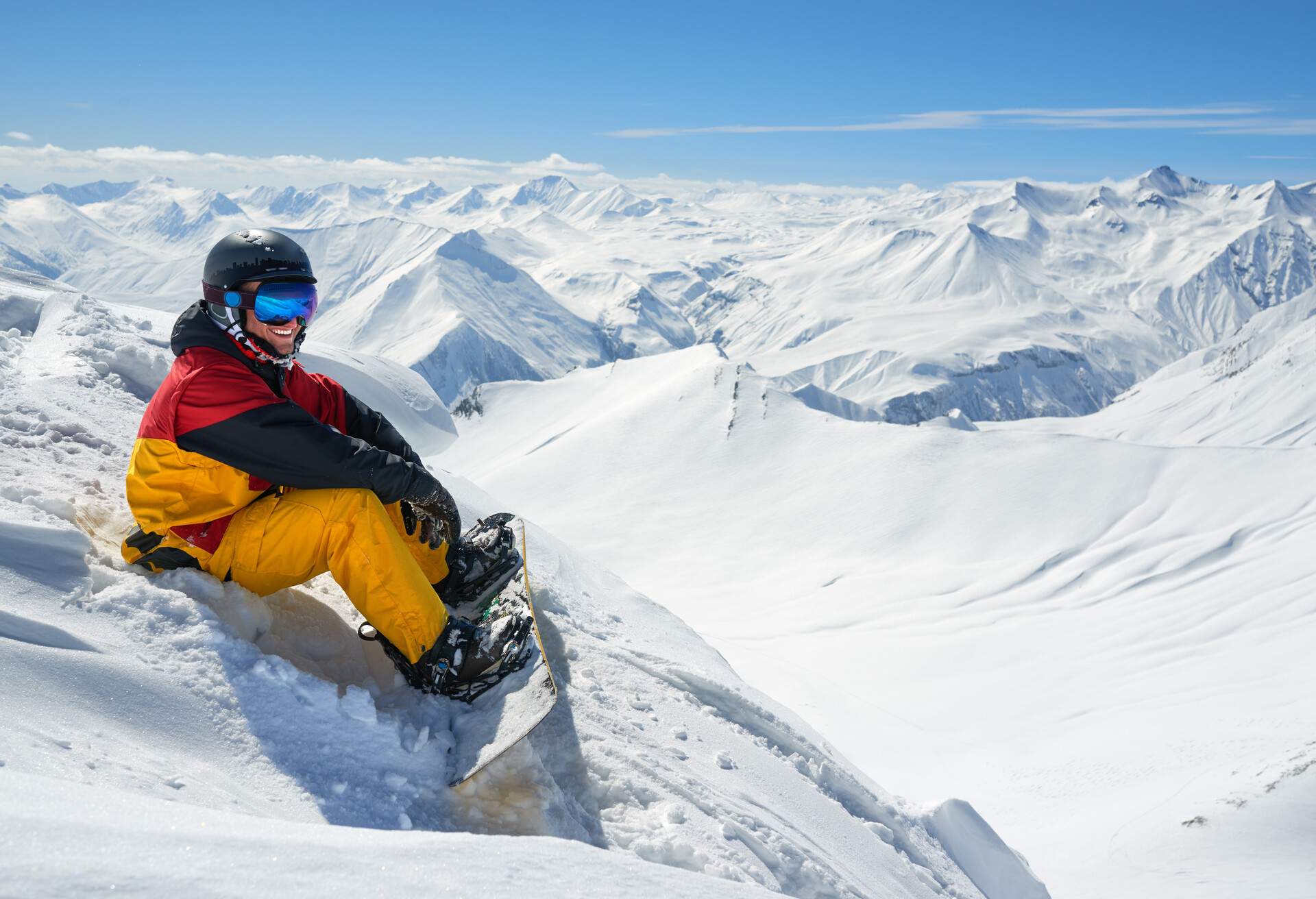
- 🏂 Ski Pass: From just $24 per adult per day or around $122 for a six-day pass.
- ✈️ How to get there: Fly to Tbilisi then rent a car. It’s a scenic two-and-a-half hour drive up into the mountains.
- ❄️ Usual season: Mid December to April.
- Where to stay: Try Hotel Alpina, which is located high in the mountains.
- Top tip: A day trip to Kazbegi National Park is an absolute must to admire its breathtaking landscapes. Think fabulous valleys, canyons, waterfalls and hot springs.
Sure, getting to Georgia isn’t as easy as the other best ski resorts in Europe – but it is oh so worth it! Head to the Gudauri ski resort on Mt. Kazbek, Georgia’s third-highest mountain at a whopping 16,581 feet (5,054 m).
You’ll find that the well-groomed slopes of the Caucasus mountains and the resort’s excellent facilities are relatively uncrowded. Plus, it’s very affordable – with ski passes coming in at around $25 per day. What more could you wish for?
9. Livigno, Italy
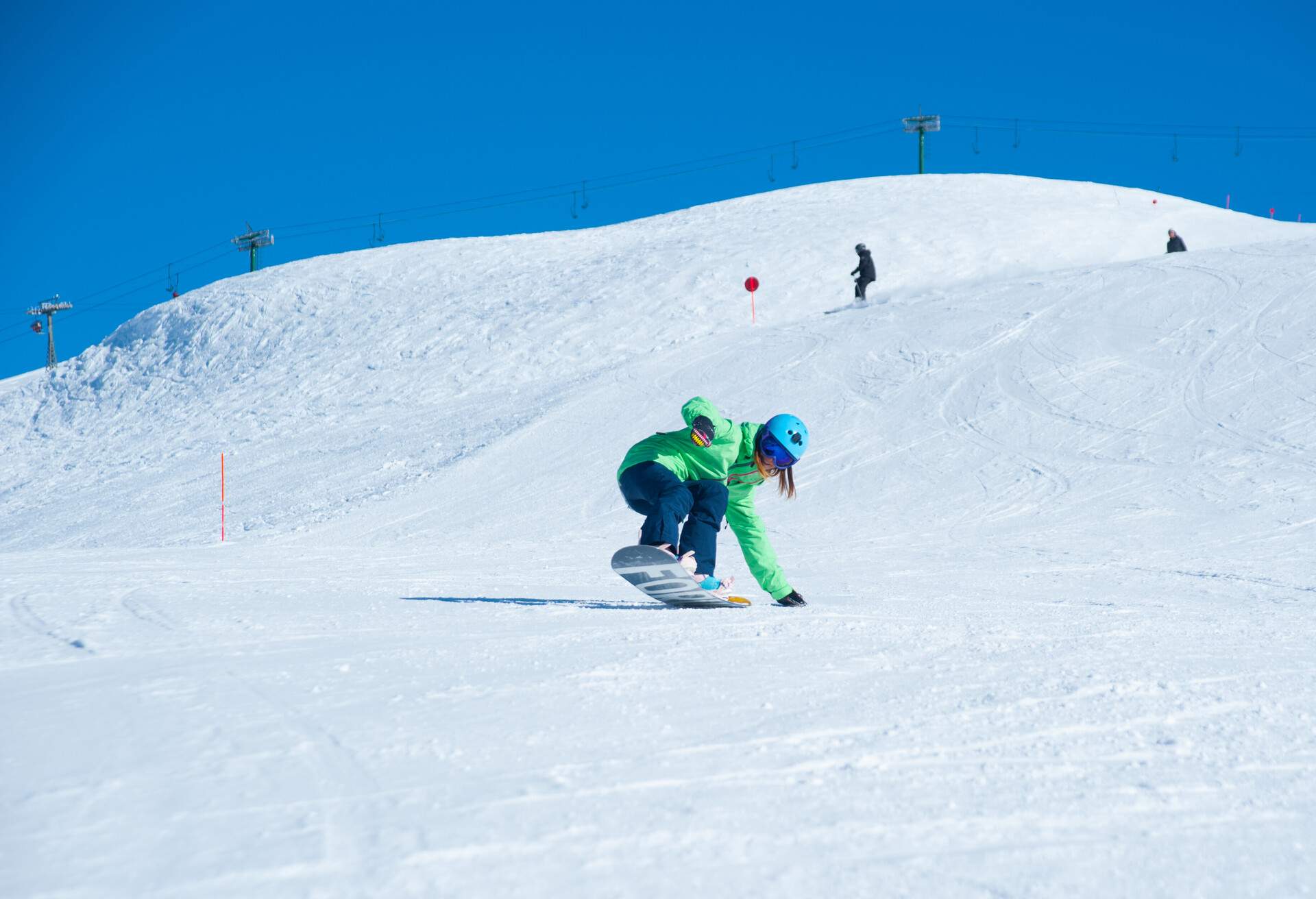
- 🏂 Ski Pass: You can get a six-day ski pass from around $354 during high season.
- ✈️ How to get there: Fly to Milan or Innsbruck then take a shuttle bus or rent a car.
- ❄️ Usual season: Late November to early May.
- Where to stay: Bio Hotel Villa Cecilia is a 15-minute walk from the Valtellina Ski Area.
- Top tip: Livigno has a lot to offer for those who have always wanted to take the first steps off the pistes. The resort has 19 miles of backcountry skiing terrain for both beginners and seasoned skiers to use, with options to hire an instructor to show you the ropes.
Livigno is located between two mountain ranges: Mottolino and Carosello, which comprise a total of 62+ miles of slopes. The Italian city is known as Piccolo Tibet (Little Tibet) and owes its nickname to this unique fact: Until 1964, when the Munt La Schera tunnel was built, the town was cut off from the world for over nine months of the year.
Livigno is not only one of the best ski resorts in Italy for families, but it’s also somewhere where you can enjoy après-ski to the fullest. The weather is gorgeous and the food simply delicious. I’d recommend trying a Bombardino (Italy’s answer to hot eggnog) and the local pasta, pizzoccheri, which is made from buckwheat flour.
10. Innsbruck, Austria
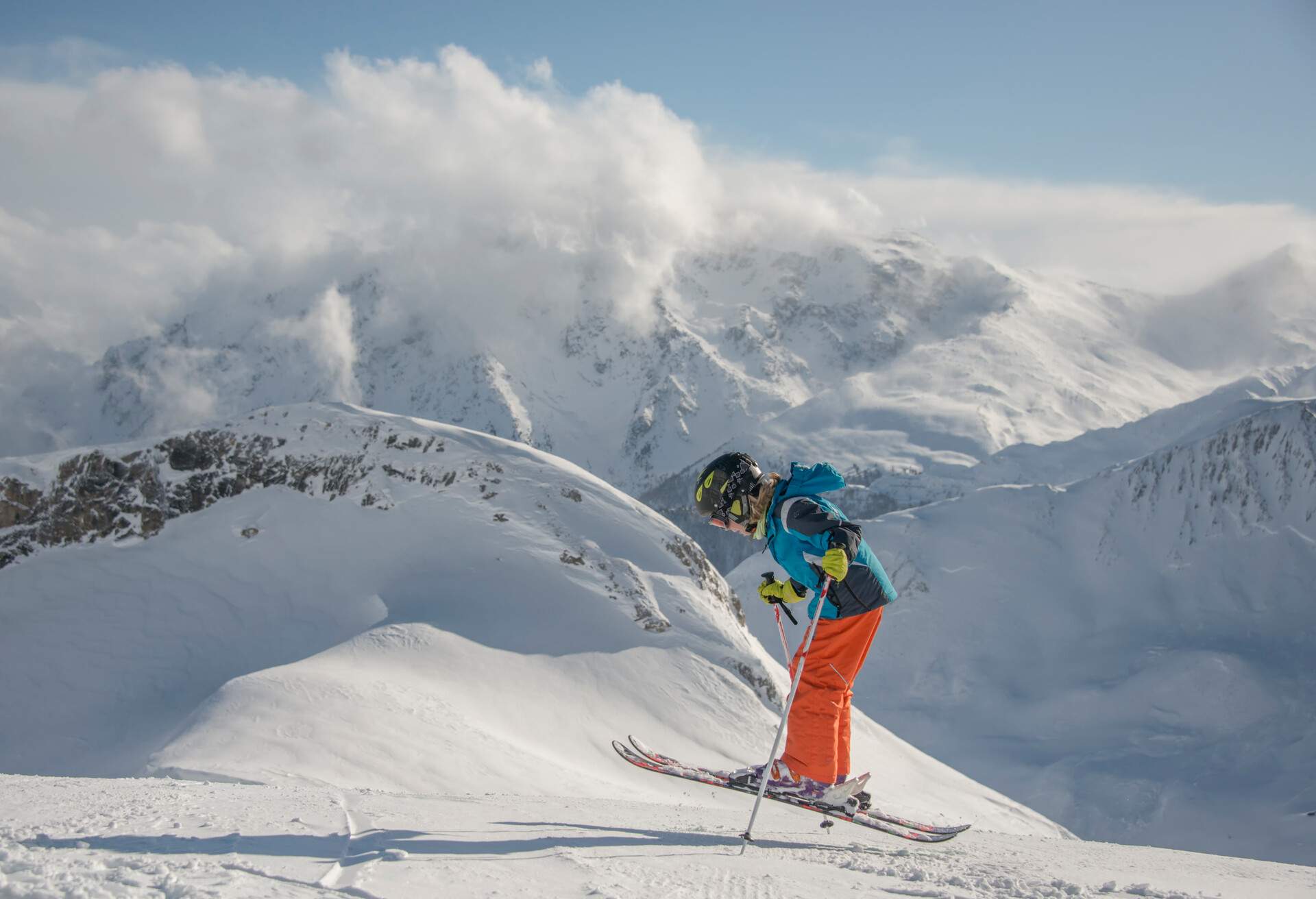
- 🏂 Ski Pass: A six-day SKI plus CITY pass costs around $370 per adult (and includes entrance to certain attractions in the city).
- ✈️ How to get here: You can fly to Innsbruck with several airlines from the US. All of them involve at least one layover, often in Frankfurt or Vienna.
- ❄️ Usual season: December to mid April.
- Where to stay: Gasthof Götznerhof is close to many tourist attractions in Innsbruck.
- Top tip: Visit the Bergisel ski jump hill for an amazing view of where the pros have previously competed in the Ski Jumping World Cup.
Innsbruck is a lively university town and the capital of the state of Tyrol – home to the Winter Olympics on several occasions. It’s an excellent destination for all sorts of sports, but it’s winter sports where Innsbruck really excels.
Easy access from the city to the slopes is what places this Austrian city among the best ski resorts in Europe. 12 ski resorts can be easily reached via a free (yep, you read that correctly!) bus from Innsbruck, nine of which make up the Olympia SkiWorld.
The family-friendly Patscherkofel, with its 11 miles of pistes, was the main site of the 1964 and 1976 Olympics in Innsbruck. There’s also the sunny Patscher plateau where freestylers can practice their tricks at an altitude of 6,233 feet (1,900 m) in the Snow Park.
FAQs about the best ski resorts in Europe
There are so many brilliant European ski resorts to choose from – and all of them offer excellent skiing and snowboarding conditions. If you’re after somewhere that caters well to beginners, try Les Arcs. For those wanting to try backcountry skiing, Kitzbühel is hard to beat.
Keen to hit the slopes on a budget? That’s perfectly possible if you pick the right destination. Livigno is a great option for an affordable ski vacation in the Alps, with cheap food and après-ski. Or check out the powder somewhere like Bulgaria, Poland or Slovakia, which offer some of the cheapest skiing in Europe.
For the best chance of snow, choose a resort with a high altitude. Chamonix and Livigno are two of the the highest ski destinations in Europe, so you’re pretty much guaranteed snow from early December onward.

